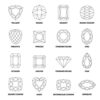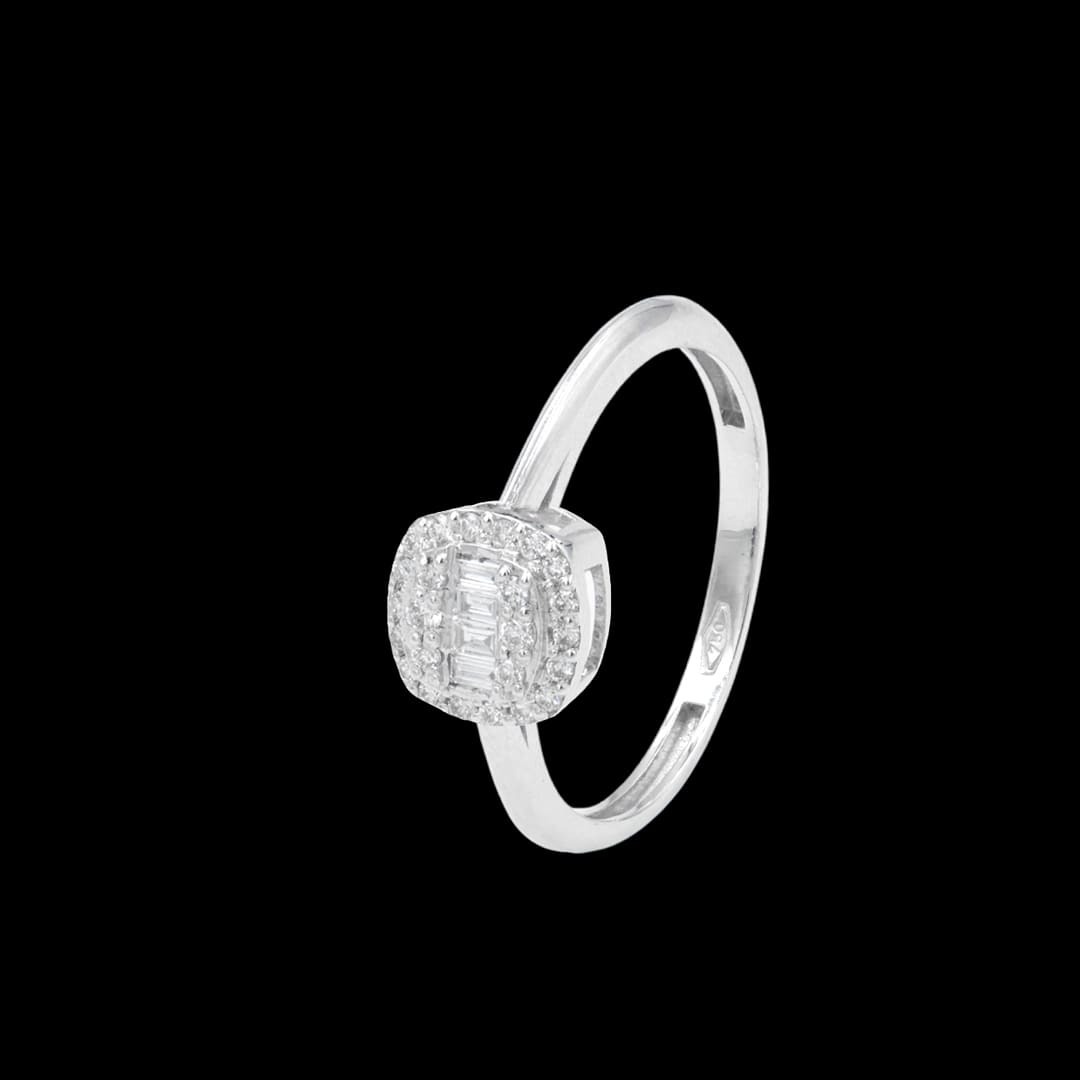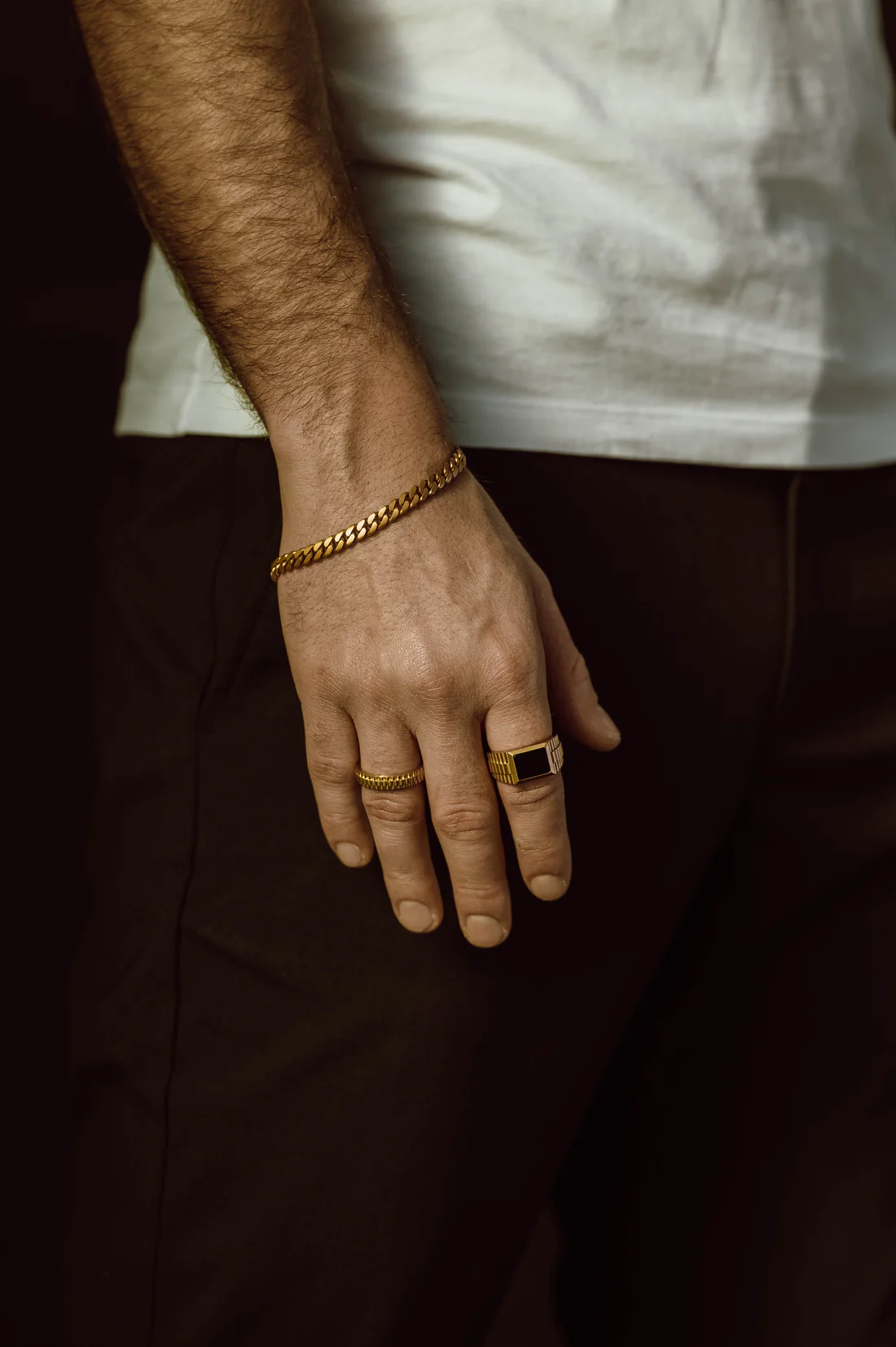
How to Check Gold Purity at Home – 5 Easy Methods for Buyers
Gold is not just a beautiful accessory—it’s an investment. Whether you’re buying jewelry, coins, or bullion, ensuring you’re getting what you paid for is essential. While certified labs and jewelers can give you precise purity results, there are a few simple ways you can check gold purity at home before heading to a professional. Here are 5 easy methods for buyers to try.
1. Check for the Hallmark Stamp
The most straightforward way to identify gold purity is to look for a hallmark. This is a small engraved marking on the item that indicates the karat value (such as 24K, 22K, 18K, etc.).
What to look for:
-
“24K” indicates pure gold (99.9% purity)
-
“22K” is approximately 91.6% pure
-
“18K” is 75% pure gold
-
You might also see stamps like “999” (for 99.9%) or “750” (for 75%)
Tip: Use a magnifying glass or your phone’s zoom camera to closely inspect the stamp—often found on the inside of rings or clasps of chains.
2. The Magnet Test
Pure gold is not magnetic. So, if your gold item gets attracted to a strong magnet, it might be mixed with other magnetic metals.
How to do it:
-
Use a strong magnet (like a neodymium magnet)
-
Hold it close to your gold item
-
If the item sticks, it’s likely not pure gold
Note: Some alloys used in gold jewelry may contain metals that are slightly magnetic, so this test is a quick check—not a final verdict.
3. The Float Test (Water Test)
Gold is dense and heavy, so it should sink when dropped into water.
Steps:
-
Fill a glass with water
-
Gently drop the gold item into the water
-
Pure gold should sink immediately and stay at the bottom
Watch out for:
If the item floats or takes time to sink, it might be a fake or mixed with lighter metals.
4. The Skin Test
Fake gold can sometimes cause a skin reaction or leave discoloration. Real gold does not tarnish or change color when it touches the skin.
Try this:
-
Wear your gold item for a few hours in hot weather or while sweating
-
Check your skin underneath for any green, black, or blue marks
Disclaimer: This test isn’t always reliable, especially if you’re wearing makeup or lotion, but it can offer quick insight.
5. The Ceramic Scratch Test
This method uses unglazed ceramic to check authenticity. When real gold is scratched against unglazed ceramic, it leaves a gold streak. Fake gold will leave a black or gray mark.
How to do it:
-
Get an unglazed ceramic plate or tile
-
Gently drag your gold item across the surface
-
A golden streak = likely real
-
A black/gray streak = probably fake
Caution: This can scratch your gold, so only use it on items you don’t mind risking slight damage to.
Useful Quick Checks
These home methods are useful for a quick check, especially if you’re shopping for gold or verifying what you already own. However, for accurate results—especially when buying high-value pieces—it’s always best to consult a certified jeweler or use a gold testing kit.
Investing in gold should give you peace of mind, not uncertainty. So stay informed, test smart, and shop with confidence!
View Abdullah Sakkijha Jewelry’s latest collections and pieces: https://abdullahsakkijha.com/
Visit us: Swefieh, Al-Hamra Street – Amman, Jordan
Follow us on our socials:
Instagram | Facebook |Snapchat | TikTok | YouTube







Add comment